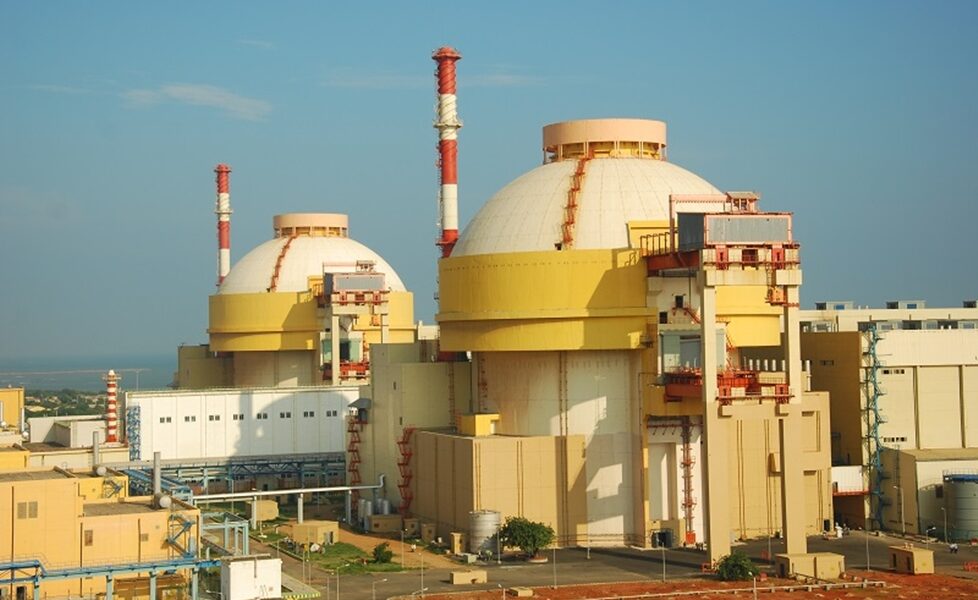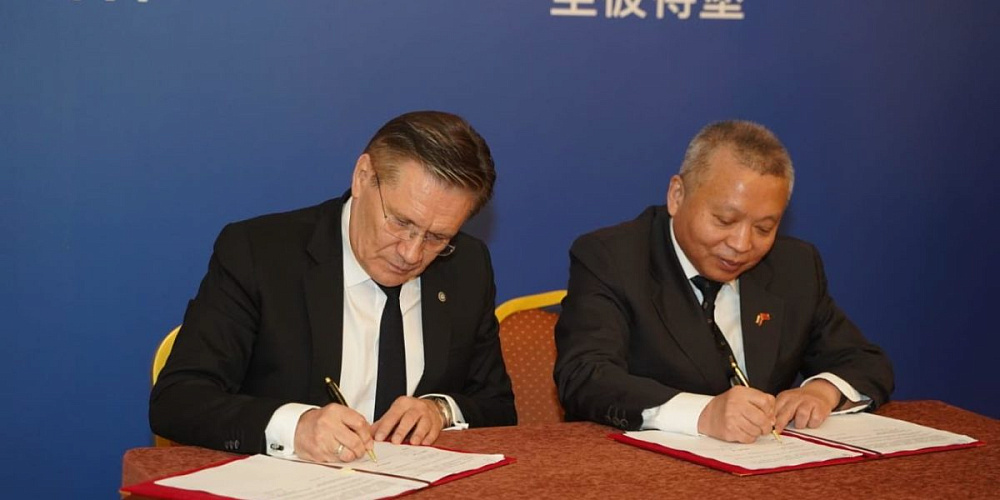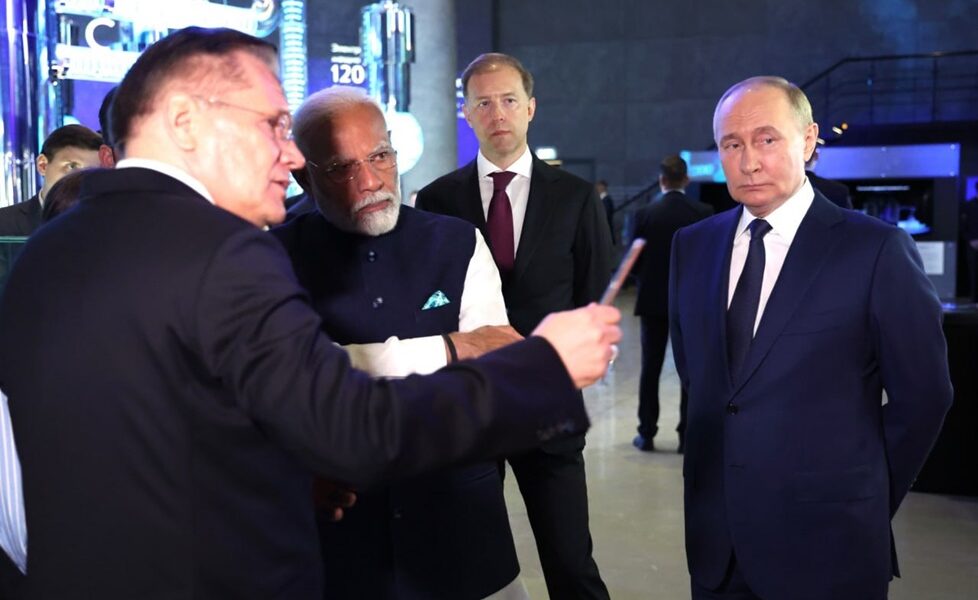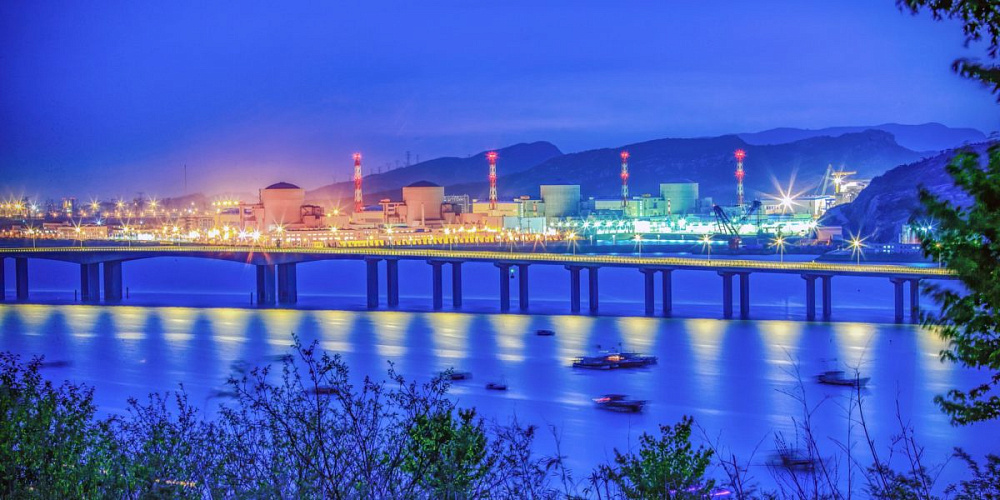The first two power units of the Kudankulam NPP constructed with Rosatom Engineering Division’s involvement have delivered 100 billion kWh to the Indian national grid.
Currently, the units are operating in the routine mode and demonstrating efficiency above the rated values. The operating NPP makes it possible to save emissions of about 16 million tons of carbon dioxide equivalent annually, and in 10 years it has improved the quality of life, providing electricity to about 50 million Indian families.
Another four power units are at different stages of construction, each of them being 1000 MW capacity. After their start-up, the power generation at nuclear facilities of India will grow by 66%.
“The effective operation of the Kudankulam NPP has been achieved owing to the application of proven design solutions, the use of reliable equipment, high-quality construction and installation, and commissioning work. Throughout the stages of design and up to operation, all works are conducted in close and comprehensive cooperation between the Indian customer and the Russian contractor. Each party contributed its own expertise to the project, which culminated in a technologically complex and efficient industrial project meeting the most stringent requirements of both quality and process safety,” noted Alexey Zhukov, ASE JSC First Vice President for Construction.
Reference
The Kudankulam NPP Project is implemented as part of the Intergovernmental agreement on cooperation in the area of NPP construction in India, concluded on November 20, 1988, and the Addenda thereto of June 21, 1998.
Power Unit 1 was connected to the Indian national grid in 2013. On December 31, 2014, the power unit was put into commercial operation, on August 10, 2016 it was officially put into operation. Currently it is the most powerful unit in India that meets the up-to-date safety requirements. On August 29, 2016, Power Unit 2 was connected to the Indian national electric grid, and at the end of March 2017, it was put into warranty operation.
Kudankulam NPP will consist of six power units, each of them being 1000 MW capacity. Currently, the first two units are being operated and the remaining four ones are at various stages of construction.
Kudankulam NPP is the southernmost nuclear power plant on the Indian subcontinent and it already supplies the states of Kerala and Tamil Nadu with electricity. A number of advanced technological solutions have been developed specifically for this nuclear power plant, such as a system of hydraulic structures that ensure an uninterrupted supply of cooling sea water and prevent possible environmental impacts.
Rosatom State Corporation Engineering Division unites the leading companies of the nuclear industry, namely: Atomstroyexport JSC (Moscow, Nizhny Novgorod, branch offices in Russia and abroad), Joint Design Institute – Atomenergoproekt JSC (Moscow, Nizhny Novgorod, and St. Petersburg branch offices and design institutes, branch offices in Russia and abroad, R&D branches) and subsidiary construction companies.
The Engineering Division ranks first in the world by the order portfolio and the number of NPPs constructed simultaneously across the world. About 80% of the Division’s revenues originate from foreign projects. The Engineering Division implements construction projects for high-power NPPs in Russia and across the world, renders a full range of EPC, EP, EPC(M) services including project management and design activities, and develops Multi-D technologies for the management of complex engineering facilities. The Division relies on the achievements of the Russian nuclear industry and modern cutting-edge technologies. It constructs reliable and safe NPPs with 3+Gen VVER reactors that are in line with all international requirements and recommendations.
Russia is consistently developing international trade and economic relations, focusing on cooperation with friendly countries. Despite external restrictions, the domestic economy is augmenting its export potential to supply goods, services and raw materials all over the world.





